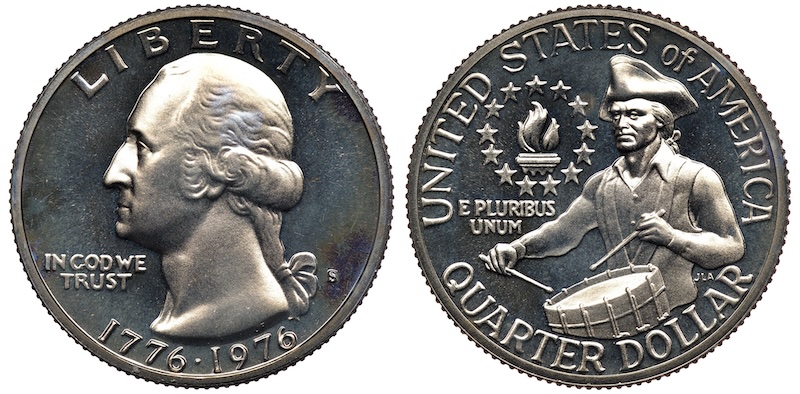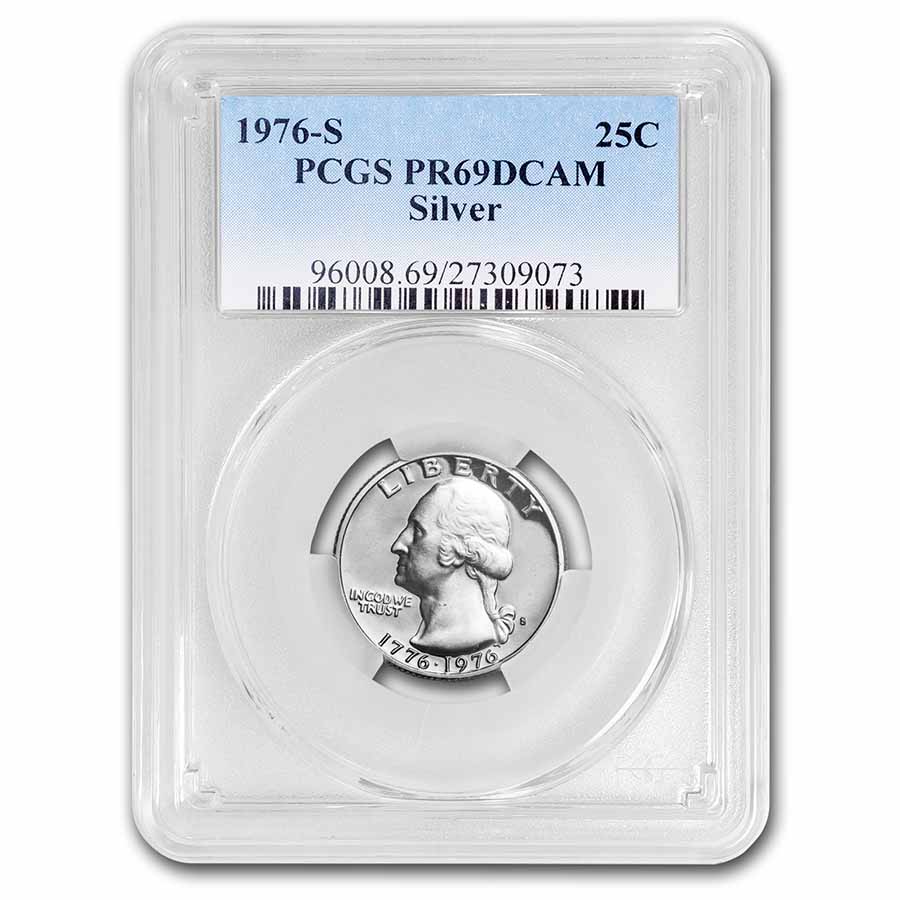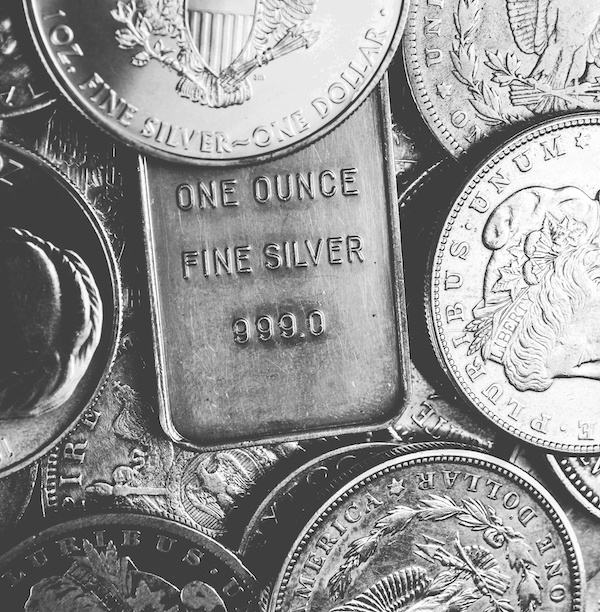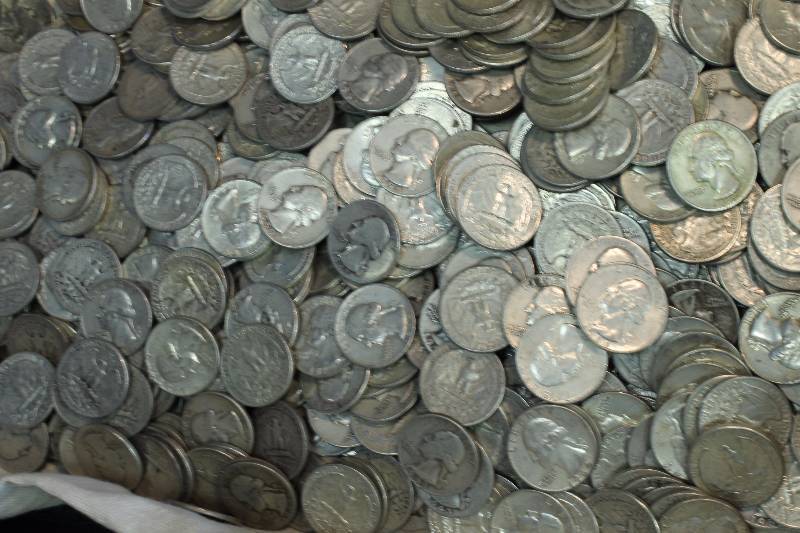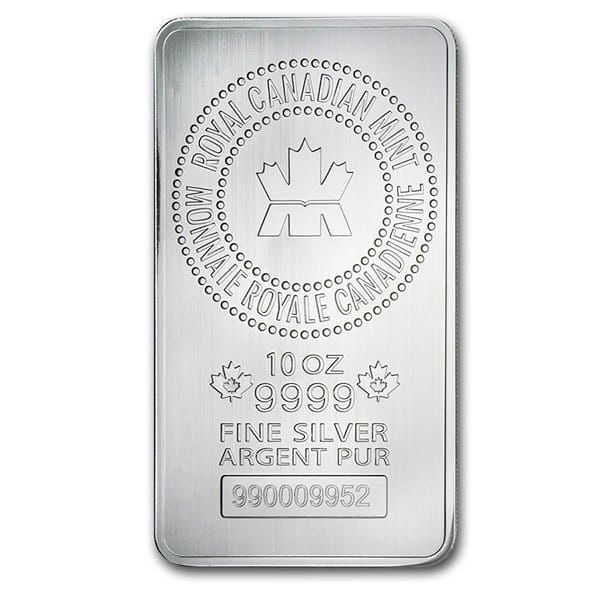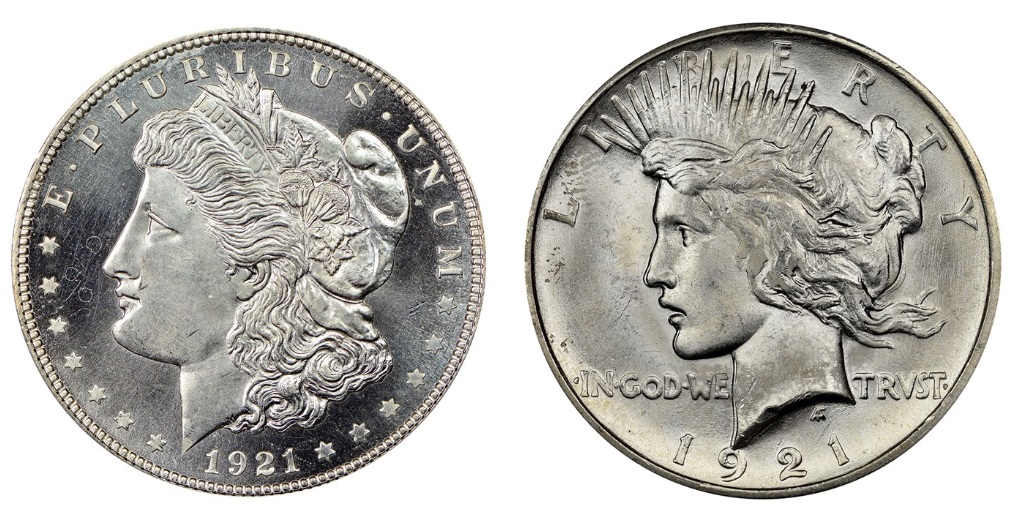The 1776-1976 Bicentennial Quarter is one of the most iconic coins in U.S. history. Struck to commemorate America’s 200th anniversary of independence, these “drummer boy quarters” are beloved by collectors and casual finders alike. While most Bicentennial quarters are worth only face value, particular examples, especially those in pristine condition, struck in silver, or containing mint errors, can command significant premiums.
This guide explores everything you need to know: how to identify valuable Bicentennial quarters, what makes them rare, and recent auction records that show their true market potential.
History of the Bicentennial Quarter
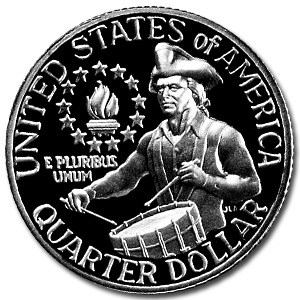
- Designer: Jack L. Ahr’s reverse depicts a colonial drummer boy and a torch of victory encircled by 13 stars.
- Obverse: George Washington portrait remains unchanged.
- Dual Date: All quarters struck in 1975 and 1976 bear the date 1776–1976 (no quarters dated 1975 exist).
- Commemorative Series: Similar designs were struck for the half dollar and dollar.
Mintages and Varieties
The U.S. Mint struck Bicentennial quarters at three mints:
- Philadelphia (no mintmark): 809,784,016 circulation strikes.
- Denver (“D”): 860,118,839 circulation strikes (highest output).
- San Francisco (“S”):
- 7,059,099 clad proof strikes.
- 11,000,000 40% silver uncirculated coins (sold in special sets).
- 4,000,000 40% silver proofs (sold in three-coin proof sets).
👉 Takeaway: Standard Philadelphia and Denver circulation coins are common. The San Francisco silver issues and high-grade Mint State coins are where collector value concentrates.
How to Identify Silver Bicentennial Quarters
Some Bicentennial quarters contain 40% silver. Here’s how to tell:
- Mintmark: Only San Francisco (“S”) issues contain silver.
- Weight: Silver coins weigh ~5.75g vs. 5.67g for clad. A precise scale is required.
- Edge: Silver coins appear solid silver, while clad coins show a copper stripe.
- Sound Test: Silver produces a higher-pitched ring when gently tapped.
Bicentennial Quarter Value Chart
| Grade / Type | Typical Value Range | Notes |
|---|---|---|
| Circulated (G–VF) | $0.25 (face value) | Billions minted; low premiums |
| XF–AU | $0.50–$2.00 | Small premium |
| BU/MS60–63 | $3–$6 | Entry-level collectible |
| MS65 | $10–$30 | More desirable, harder to find in circulation |
| MS67 | $100–$1,000+ | Auction-level rarity |
| PR70DCAM Silver Proof | $1,000–$1,500+ | Top-end slabbed examples at Heritage & Great Collections |
Auction Highlight:
- A 1976-S Silver Quarter graded MS69 by PCGS sold for $19,200 at Heritage Auctions (2019).
- A clad 1976-D Bicentennial quarter graded MS68 sold for $6,462 (Winter FUN Auction, 2017).
👉 While most Bicentennial quarters are common, the finest known examples in PCGS or NGC slabs can fetch four to five figures.
Error Varieties Worth Money
Certain mint errors increase Bicentennial quarter values:
1. Doubled Die Obverse (DDO)
- Description: Doubling visible on “LIBERTY” or “IN GOD WE TRUST.”
- Values: Minor varieties bring $50–$150; dramatic, high-grade examples can exceed $500.
2. Off-Center Strikes
- Description: Portions of design missing due to misaligned strike.
- Values: 10–50% off-center with clear date = $100–$500+.
3. Clipped Planchets
- Description: Coin blank cut improperly, missing metal on the rim.
- Values: $50–$150 depending on size and severity.
👉 Pro Tip: Error coins are most valuable when certified by PCGS/NGC.
Auction Records of Valuable Bicentennial Quarters
- 1976-S Silver Proof Quarter PR70DCAM – $1,265 (GreatCollections, 2022).
- 1976-S Silver Quarter MS69 – $19,200 (Heritage, 2019).
- 1976-D Clad Quarter MS68 – $6,462 (Winter FUN Auction, 2017).
- Major Off-Center Bicentennial Quarter – $1,500-2,000+ depending on condition. Watch the video below for more details.
FAQs
Q: Are Bicentennial quarters worth anything?
A: Most are worth face value, but silver issues, error coins, and high-grade MS67+ or PR70 examples can be worth hundreds or even thousands.
Q: How much is a 1776 to 1976 drummer boy quarter worth?
A: Circulated examples are common at $0.25. Uncirculated coins grade MS65+ range from $20–$100+, and rare MS67–MS69 examples have sold for thousands at auction.
Q: What is the rarest Bicentennial quarter error?
A: The most valuable include dramatic doubled dies and major off-center strikes with visible dates.
Q: How can I tell if my Bicentennial quarter is silver?
A: Look for an “S” mintmark, weigh the coin (5.75g for silver), and check the edge for a solid silver color (no copper band).
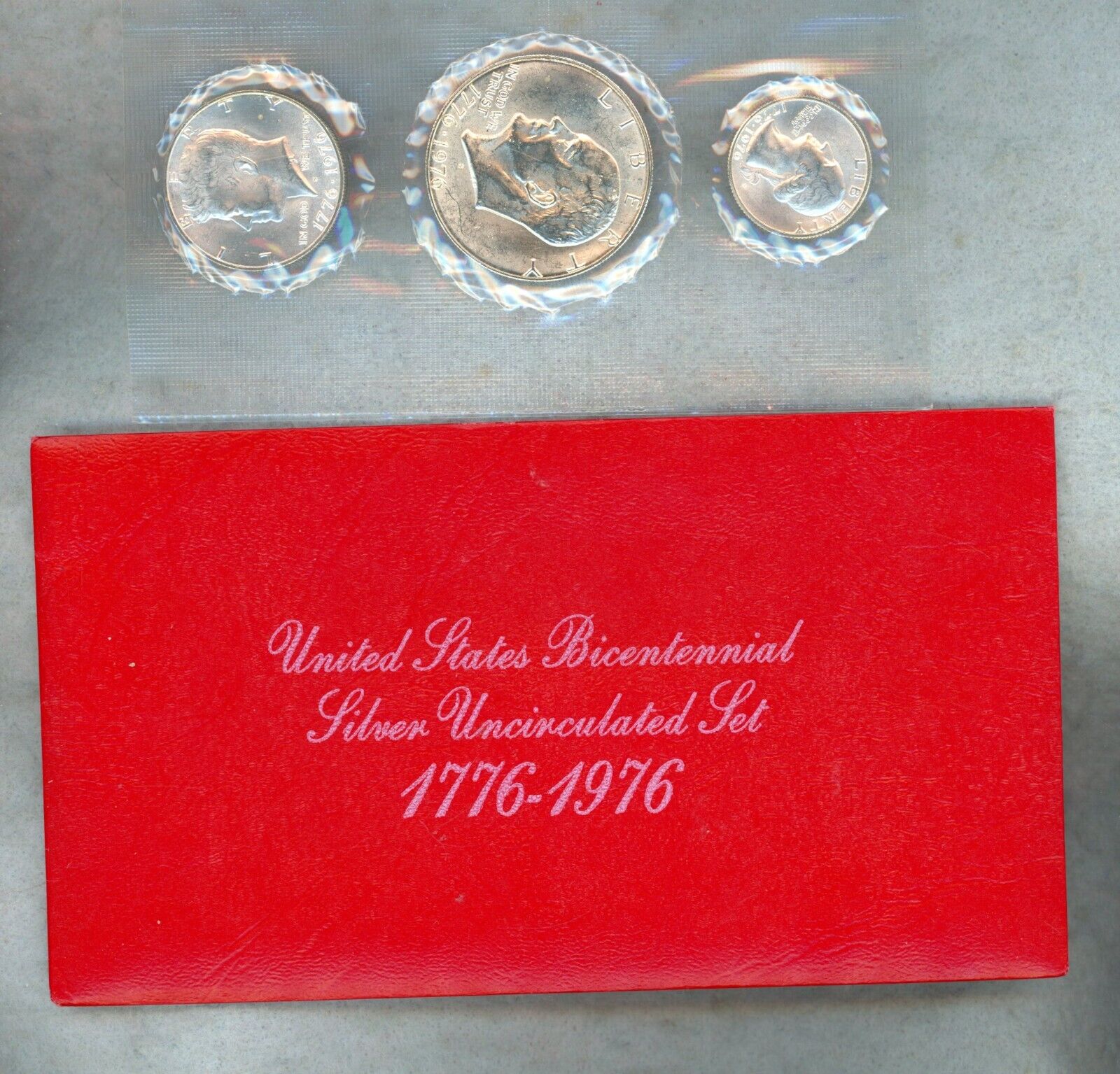
Final Thoughts
The 1776–1976 Bicentennial quarter is a fascinating piece of U.S. coinage. While billions were minted, certain examples—especially San Francisco silver issues, dramatic errors, and top-graded Mint State or Proof coins—are highly valuable.
If you discover a Bicentennial quarter in your change, it’s worth checking closely. With silver prices trending higher and collector demand strong, that drummer boy in your pocket might be worth far more than 25 cents.
Disclaimer: This article is for informational purposes only. Coin values fluctuate with silver prices, collector demand, and auction activity. Always consult PCGS, NGC, or a professional numismatic appraiser for current valuations.
